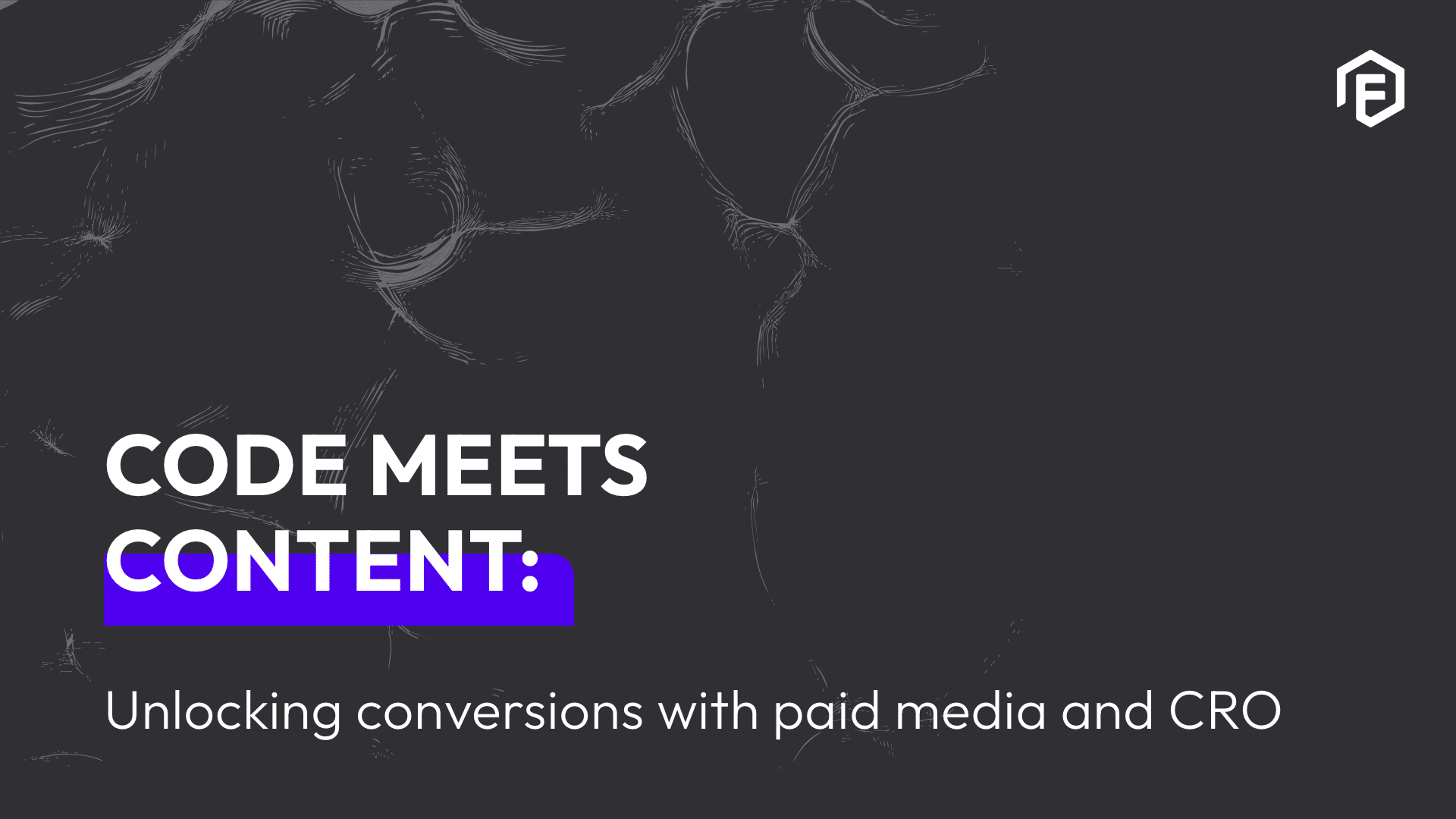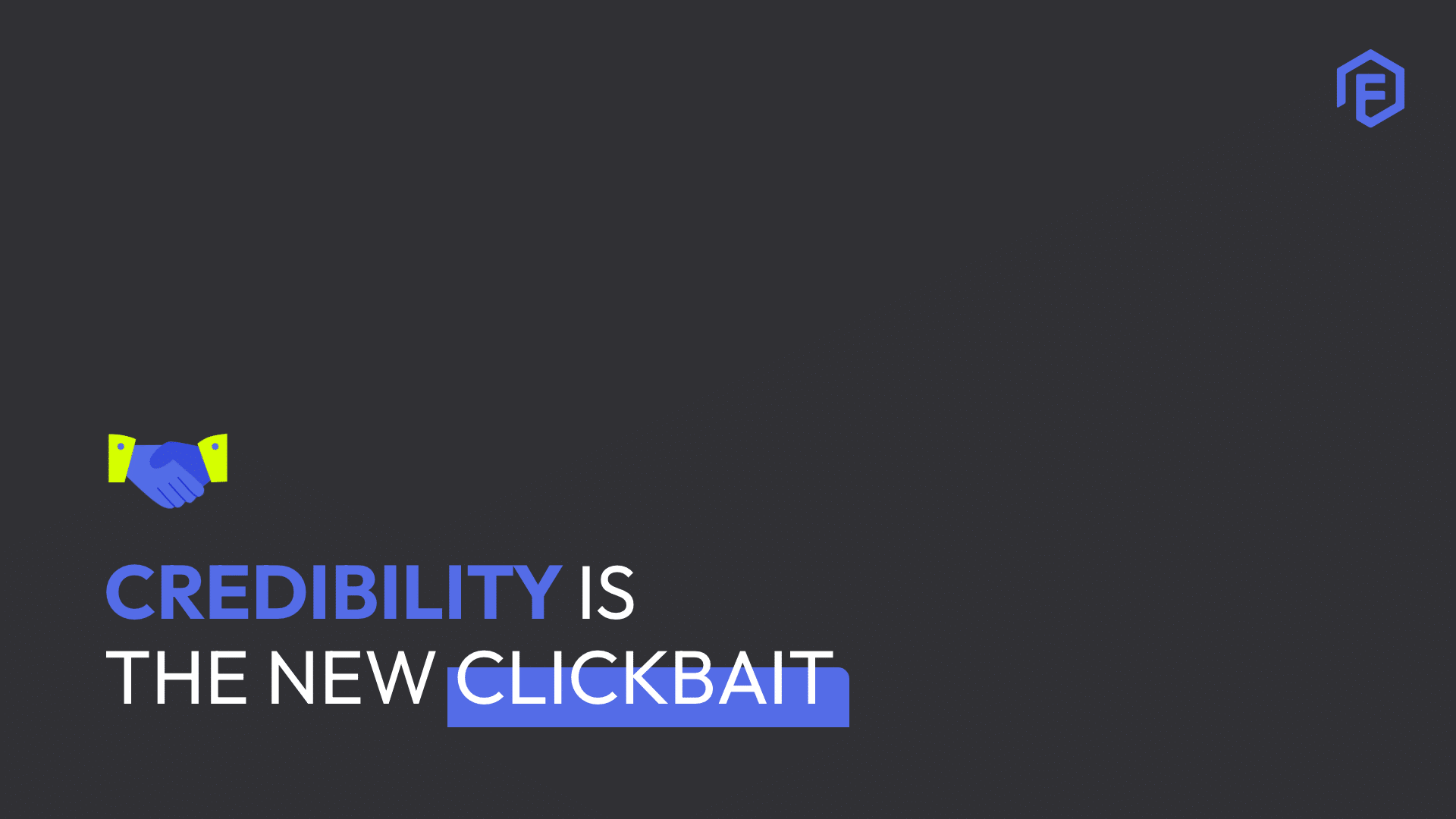Design is subjective, and everyone has their own views on what they like or don’t. Have you ever thought while looking at a design that something doesn’t feel right? Most likely, the reason that you liked it or didn’t like it was because of the amount of negative space it has. Negative space is the empty or open space around an object that defines it. In simpler terms, it is the breathing room around the objects that help with the effectiveness of the design. Negative space is also known as white space. Negative space is a fundamental parameter in design, but also one of the most underrated. The way the content is placed plays a very important role if the work will be balanced or not. Why is negative space so important you may ask? Well, it helps unclutter the design and draws focus to what is important. The hierarchy of the design decides what the eye must be drawn to first- is it the image or the text or any other element of the design? It allows the design to breathe and the content of the work to speak for itself. Giving your design elements and other objects plenty of space gives them so much more definition. Large amounts of negative space lend meaning of luxury and sophistication. We don’t want design elements to blend into a single pixel blob. Instead, we want the elements placed in grids, making them easier for the viewer to process the information. This is much easier than trying to process the artwork and all of the assets at once. Negative space has an important impact on the composition of the design and how it is received visually. If a design doesn’t have enough negative space, even if it is just made up of copy and an image, will look crowded and complicated. Negative space is not always just used for layout, it can enhance typography as well. Space around each line of text is what we call leading. Leading makes typography more legible. With the reading of two paragraphs of text, one with hardly any leading will be more difficult to read than the paragraph that has leading. The space between each line (leading) makes it much easier to read. If there is not enough space between the lines of the text, it makes it hard for your eyes to determine where the next line of text is. It is easy to see why leading is so important. Negative space and typography can make or break a design before any colour is applied. The most common use of negative space is with logo designs. They just make the logos look clever and they always leave an impression. The logos use the positive space as text or as an image, while the negative space forms another image. This is used to create a mental image that will be associated with the brand. Let us look at an example of a logo that has clever use of negative space.
FedEx Logo This logo looks simple and straightforward but if you look closely between the letters ‘e’ and the ‘x’, what do you see? The negative space between the two letters created the image of a right-sided arrow. The arrow was intended to be a symbol for speed. From a branding perspective, this can be a powerful tool for giving a logo staying power. The FedEx logo that I mention above has staying power. What I mean with staying power is, it refers to the ability to stick in the minds of the public that views the logo. It is so vital to use negative space in every design. Negative space can make a big difference in the focus point, the overall look and legibility and the viewer’s overall perception of the design.



